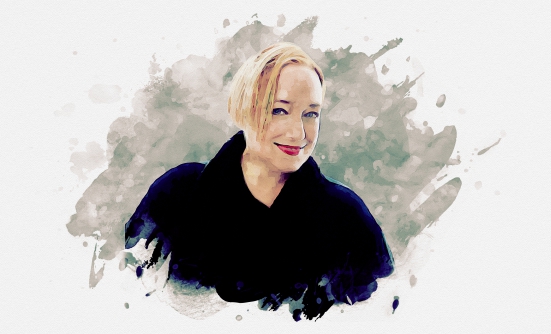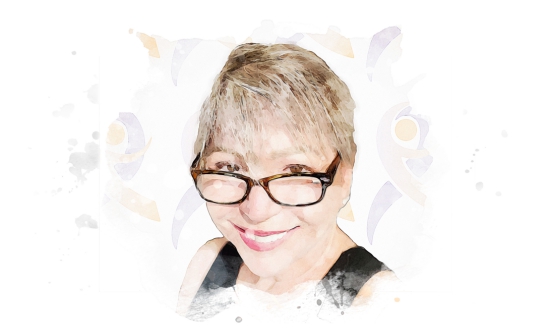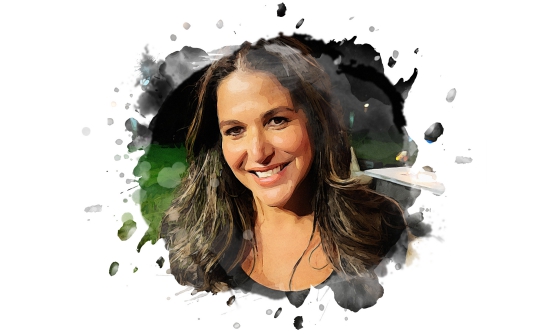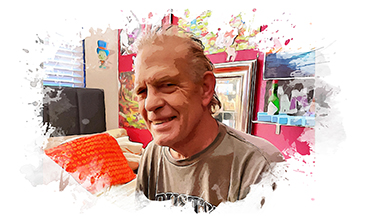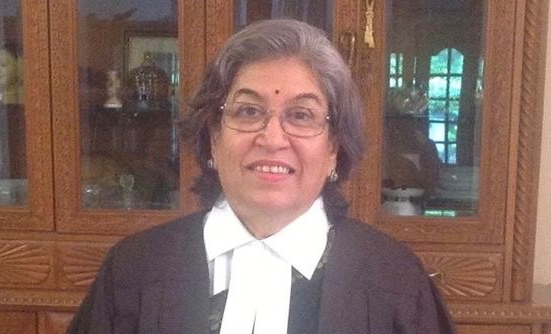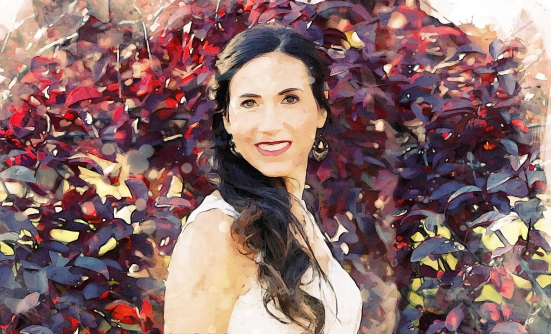
The year 2019 is likely etched in most people’s minds as a good year, the last so-called normal year before the COVID-19 pandemic hit: The year before we were all confined to our homes and were warned, or chose, not to socialize, or socialized with an underlying layer of anxiety. It was the year before everything came to a screeching halt and forced us to re-evaluate life as we knew it. For me, 2019 wasn’t normal or good; it was the year I was diagnosed with ovarian cancer.
Watching and Waiting
The previous summer, while undergoing fertility treatments, my doctor saw a suspicious-looking mass on my right ovary during a routine ultrasound. I remember her exact words: “It could be cancer.” I was quickly sent for follow-up ultrasounds, blood tests, and referred to new doctors, but nothing could be confirmed.
For months we waited and watched, watched and waited, checking, measuring, searching for a suggestion of a growth or progression of that “something.” My CA-125 blood test, the marker for the most common type of ovarian cancer, kept coming back normal. After about 6 months, doctors agreed that the likelihood of cancer was slim, but that we should remove the mass anyway, because it was likely getting in the way of my fertility.
During the operation to remove the suspicious mass, frozen biopsy samples taken from both ovaries came back positive for ovarian sex cord-stromal tumor, a rare form of ovarian cancer that disproportionately affects young women, can affect fertility and hormone function, and is not detected by the CA-125 marker.
The doctor explained to my husband and my parents—and to me once I recovered from the anesthesia—that because the samples from both ovaries were positive for cancer, this likely meant that the cancer had spread throughout my abdomen, uterus, and ovaries.
This scenario typically warrants a full hysterectomy. But given our desire to balance health and fertility, the doctor opted to remove just one ovary—the worse looking of the two—as well as the mass from the remaining ovary in an effort to keep as much ovarian tissue intact as possible. This would enable me to undergo fertility preservation, although we would likely need to take more aggressive measures afterward.
The weeks that followed while waiting for the final pathology report were some of the most difficult in my life. My thoughts ran through the various scenarios involving chemotherapy, radiation and/or a hysterectomy. I imagined my life being at risk. I imagined myself unable to have a baby. My future suddenly felt uncertain.
Receiving News Alone
A week after my operation, my husband, a professional musician unable to break his band commitments, left home for a month-long tour. It was January in Chicago, and that year the polar vortex dropped temperatures to dangerous levels. I stayed alone in our apartment for weeks, grappling with this situation and my emotions around it.
It didn’t take long to fall deeper and deeper into isolation, and spiral down into a world of depression and anxiety. I didn’t have a community that understood what I was experiencing to lean on.
When I finally received the long-awaited call from the oncologist with the results of the pathology report, he said: “I have the best possible news in terms of cancer.”
The tumor in the removed ovary was malignant, but the mass in the remaining ovary was benign. That meant that I would not need chemotherapy, radiation, or a hysterectomy, but because of a high recurrence rate, I would need ongoing monitoring until menopause. Also, my chances of getting pregnant were significantly reduced.
A fellow survivor who was also seeking fertility treatment introduced me to Twist Out Cancer, a nonprofit organization that offers those touched by cancer a sense of community and provides a variety of art therapy tools and activities for healing. She encouraged me to apply to their Brushes with Cancer program and share my story through art.
Twist Out Cancer
Almost 10 years before my diagnosis, Jenna Benn Shersher was battling her own cancer diagnosis. At age 29, she received her diagnosis of gray zone lymphoma, a rare type of cancer affecting the lymph system. Like me, Jenna battled feelings of isolation while being physically separated from others because of her compromised immune system.
A dancer at heart, Jenna yearned to dance freely with her friends again. She created an online video of herself doing the twist and asked her friends to join her on the virtual dance floor.
Within days, Jenna received hundreds of videos displaying thousands of people dancing around the world. She no longer felt alone, instead feeling connected to, and supported by, a community of “twisters.” Her experience of being lifted up by a community was the catalyst to her founding Twist Out Cancer. Twist Out Cancer provides psychosocial support to individuals touched by cancer through creative arts programming.
The organization’s core program—“Brushes with Cancer”—empowers survivors, revivers, caregivers, and loved ones to use the arts as a mechanism for healing by sharing their cancer experience with an artist and with the community at large.
Through these expressions and connections, a vital support community grows. To date, Twist Out Cancer has touched more than 240,000 people through its various programs and outreach activities.
Twist Out Cancer also offers “Twistshops,” which are workshops focused on art therapy, promoting healing, relaxation, and emotional recovery. These workshops are designed to reduce symptoms of depression, anxiety, and stress related to cancer.
Another program is “Twist Hearts,” an exciting new series, offering creative arts groups for children, teens, and adults to share, connect, and heal through exploring their experience of love with their community.
The Twist Out Cancer community understands the power of healing through connection and art-making and tries to promote this through a variety of vehicles.
The Impact on Me
When I was first introduced to Twist Out Cancer, I was immediately intrigued. My mom had been battling with breast cancer 15 years before my diagnosis, which made me aware of the many organizations dedicated to cancer research, patient and caregiver support programs, and other resources, but this was the first time I had learned of an organization using art therapy to help people affected by cancer.
During 2021, I worked with my paired artist and mentor as part of Brushes with Cancer to share my cancer story and my struggle with infertility, through various outlets, including an art piece, a blog, a podcast, and at various events hosted by the organization.
In telling my story, I claimed ownership over it, and flipped the script, reframing it from a negative experience to one that helped me gain perspective and deep gratitude for my life, and soon after, for the life forming inside me. In doing so, I had begun to heal.
Every time I told my story and listened to someone else’s story, I made a connection, and the cumulative effect of all those interactions was building a community. I no longer felt alone.
After participating in the Brushes with Cancer program, I was so moved by the organization and its leaders that in 2022 I served on the Ten-Year Planning Committee. This year, I continue my involvement with Twist Out Cancer as an Advisory Board member while battling cancer for the second time. It’s my hope to help others share their story, connect on the virtual dance floor and beyond, and feel less alone.







